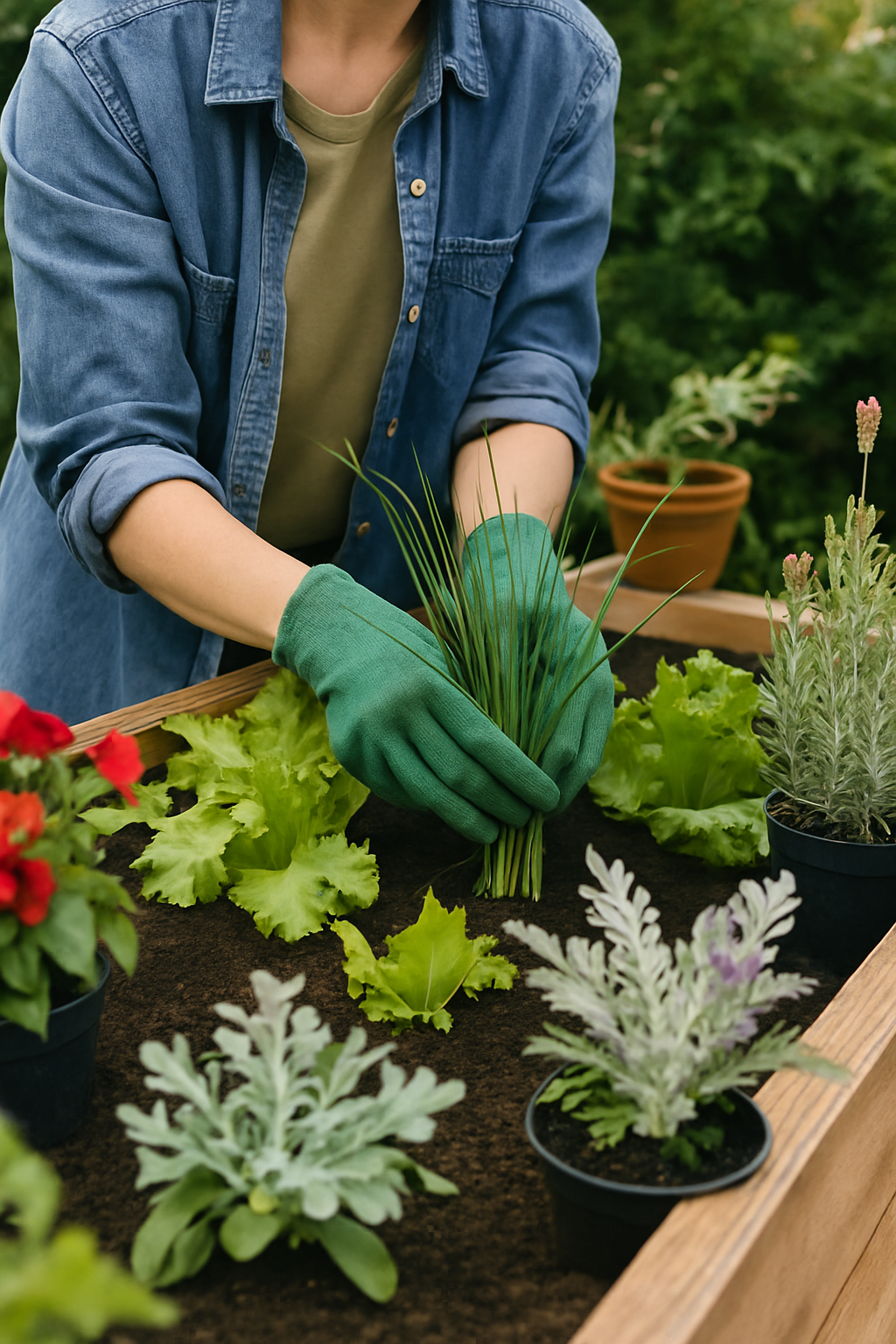In my experience, the most interesting gardens have elements of movement, exploration and unity woven throughout their design. In this blog, I will give you some tips on how to incorporate these elements to make your garden more dynamic and attractive.
Create a unified style
To avoid a haphazard mix in the garden, I recommend deciding on a style and planning around this. This could consist of creating some guidelines as to how you want the garden to look or you could choose a more well defined theme for your design. The important thing is to try and create a unified garden where the individual elements complement each other. Here are some tips to help you with this:
- Match the style of your interiors to your garden. For example, if your interiors are contemporary with clean lines and strong shapes, try to transfer those style elements to your garden
- For a garden path, consider contrasting plain and patterned surfaces (e.g. smooth quartz with a mosaic of river stone pebble) and repeat this regularly. This will turn the path into a focal point that creates unity and rhythm
- When placing pots, steps, arches or plant groupings, try to evenly repeat their placement to give cohesion and lead the eye through the garden
Movement and flow
Creating a sense of movement in your garden will invite you to explore. This can be achieved in many ways. Even if your garden is small, you can create depth and perspective. Try some of the following tips:
- Carefully chose your focal points or place a swing or garden room away from the house to draw you into the garden
- Make the most of a long, narrow garden by dividing it into a series of projecting spurs of plants and lawn to create a sense of depth and movement
- Use zig-zag lines to create a sense of movement
- Bird feeder boxes and water baths bring life and movement to the garden and no space is too small to accommodate these features
- Still water can be used to reflect light into a dark garden or to create mirror images of nearby objects
- In a smaller garden opt for smaller paving units to keep everything in proportion
- A garden layout based on a diagonal makes for dynamic vistas in all directions, creating perspective and depth
Plant for year-round interest
Plants are a fantastic way to add colour and life to your garden. When planting, you don’t always need to start from the beginning and I recommend retaining existing plants if you can as they will give a well-established feel. When deciding what plants to use, try to think of how they will add interest throughout the year.
- Try to soften your garden by using robust plants which cascade over the edges of paths and walls. For example, plant scented herbs like lavender or rosemary along the edges of paths or near seating areas so that when you brush past you are awakened with a burst of fragrance
- Select plants that offer more than just visual appeal (e.g. they have a nice scent or produce fruit)
- Depending on the aspect, plant scented climbers like honeysuckle and wisteria on walls, arches and pergolas
If you have any ideas or tips on how to create a dynamic, interesting garden, please let us know.

